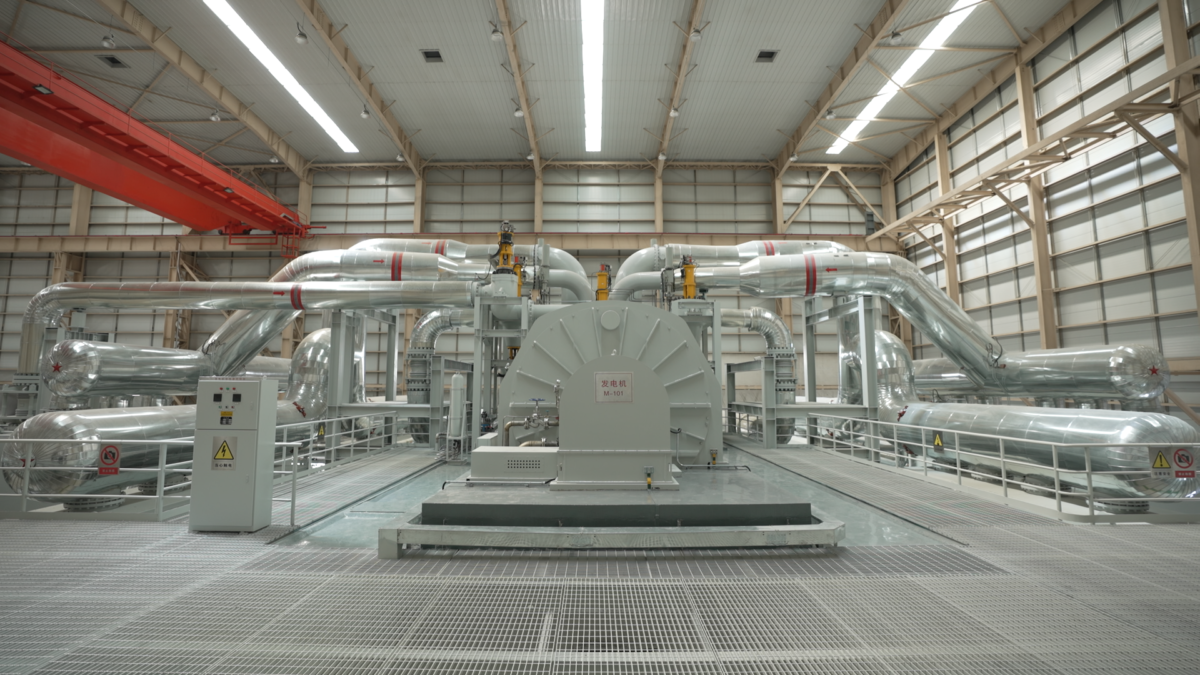The Institute of Engineering Thermophysics of the Chinese Academy of Sciences has switched on a 100 MW compressed air energy storage (CAES) plant in Zhangjiakou, in China's Hebei province.
“The project, technically developed by the Institute of Engineering Thermophysics of the Chinese Academy of Sciences. The power plant can generate more than 132 million kWh of electricity annually, providing electricity for 40,000 to 60,000 households during peak electricity consumption,” the research institute said. “CAES has the advantages of large storage capacity, low capital cost, long lifetime, safety, and environmental friendliness. It is recognized as one of the most promising technologies for large-scale energy storage.”
The facility is based on a multistage high-load compressor and an expander, as well as high-efficiency supercritical heat storage and heat exchange, said the Chinese Academy of Sciences, without providing additional technical details. It launched the demonstration project in 2018, after developing two compressed air energy storage systems with capacities of 1.5 MW and 10 MW in 2013 and 2016, respectively.
Popular content
The world's largest operational CAES system is currently a 60 MW plant built by Chinese state-owned energy group Huaneng, Tsinghua University, and China National Salt Industry Group in Changzhou, Jiangsu province. The facility features a salt cavern, situated 1,000 meters underground and owned by China National Salt Industry Group. The system has an efficiency of more than 60% and is expected to reach a power generating capacity of 1 GW.
This content is protected by copyright and may not be reused. If you want to cooperate with us and would like to reuse some of our content, please contact: editors@pv-magazine.com.



What does “The power plant can generate more than 132 million kWh of electricity annually,” mean?
It would have been interesting to know the storage capacity.
Agree it would be nice if they specified a storage capacity. 132 GWh/year is 360 MWh/day. Assuming one cycle per day, that would be the capacity – 360MWh. At least that’s my guess.
This looks very promising. It’s the third after 2 pilot plants, which means by now the bugs and changes should give a pretty reliable and capable storage plant. The world, and a China especially need a huge quantity more of these compressed air storage plants. They will help renewables replace all the coal plants that China and other countries have. There are many salt caverns in countries that should be able to store huge amounts of compressed air, and if they can build the CAES plants, t hey will give long-term energy storage.